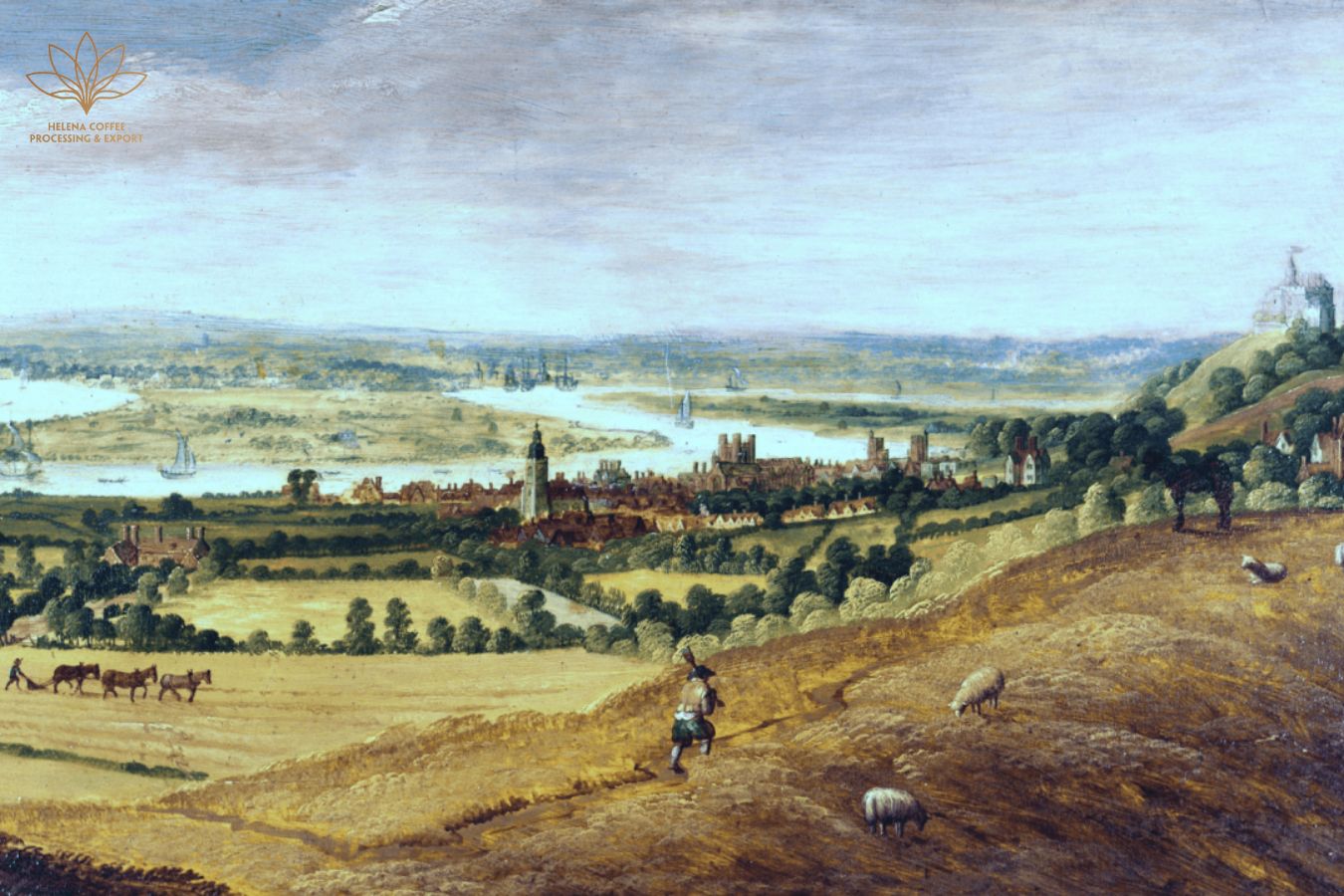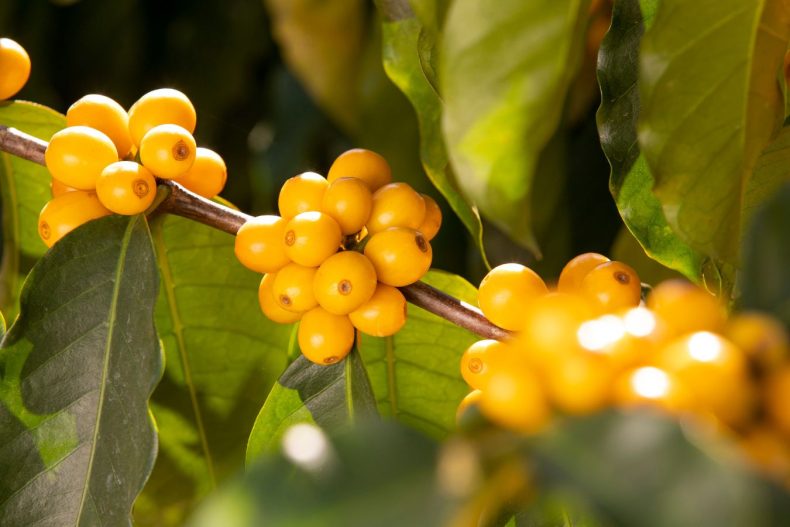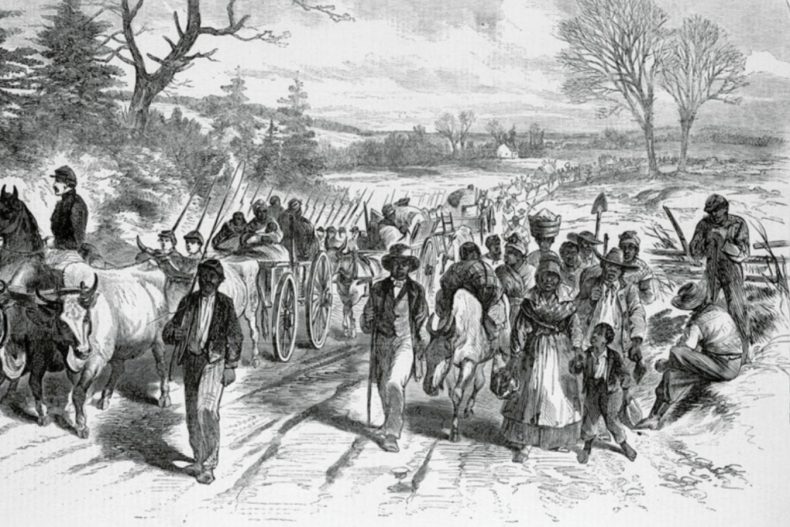
History of Cafe 17th-18th century – After failing to dominate coffee cultivation, the Turks accidentally let some seeds get to India.
From there, the coffee expedition traveled across many oceans, broke free from Arabia, conquered Europe, and established itself across Latin America – all in less than a century and a half Five.
You’ve arrived at part 2 of A Brief History of the Coffee Tree. After making its way from Ethiopia to Arabia, coffee has made its way to western countries and Latin America before conquering. In the eighteenth-century and 19th centuries, it was the same.
Coffee’s introduction to the West / The opening of coffee shops and the history of coffee in the 18th century
In 1616, the Dutch, who now dominated global maritime trade, coffee houses began importing a coffee tree from Eden (a Yemeni port city) to the Netherlands (usage terms public, terms public domain).
From the descendants of this coffee plant, the Dutch began to grow coffee in Ceylon (present-day Sri Lanka) in 1658. Historically, Another Dutchman transported the coffee plant from Malabar (southwest India) to Java in 1699, and from there, it spread to Sumatra, Celebes, Timor, Bali, and other East Indian islands.
For many years, the price of coffee on the world market was determined by the production of coffee in the Dutch East Indies.
When it comes to coffee consumption in the West, Pope Clement VIII, who died in 1605, is the only person who has the distinction of being the first to try the beverage coffee house opens in the coffeehouses. Muslims drink at the clerics’ suggestion – Ironically, he then outlawed it. “Why is this diabolical drink so good,” he declared, “it would be a pity to grant it exclusive rights to infidels.”
During the first half of the 17th century (seventeenth century), coffee culture became as exotic and scarce as sugar, cocoa, and tea. Initially, the higher classes used coffee as a costly medicine.
However, during the next 50 years, Europeans discovered the “Arabic drink’s” social and therapeutic virtues. In 1863, the first coffee shop opened in Venice, marking the beginning of coffee’s conquest of the European continent. This café takes its name from the drink it offers, “caffè,” which has become synonymous with a comfortable, dynamic discourse.
In France, coffee is a time-honored tradition-coffee houses opens
Surprisingly, given their later fondness for coffee, no one would suppose the French were slower importing coffee than the Italians and British.
However, almost no historian overlooks the societal consequences of this “black gold” in France. The first time coffee was introduced to meetings was in 1669 when the Turkish envoy.
It was the first time that French visitors learned to stylishly sit back and sip on their baggy jeans in an elegant setting at his opulent dinner in Paris — it was a peculiar style.
French doctors remain concerned about the health effects of coffee in its early stages and the flood of accusations against it. Cafés in France did not fully develop until 1689, could when Francois Procope, an Italian immigrant, built the Café de Procope.
French historian Michelet hailed the arrival of coffee as “the auspicious revolution of the times, the great event that established a new custom and even appeased man’s temper.” Coffee helped curb alcohol consumption while also being a great place to brainstorm, which led to the French Revolution.
Café au Lait is a type of coffee with milk from a French coffeehouse
Coffee is no longer as difficult to drink in France as in Turkey, and more people are meeting and talking over a cup of coffee in the coffeehouse or houses, conversations back-and-forth conversation to copy work.
Instead of brewing coffee in 1710, The French poured boiling water into a cloth bag containing powdered coffee powder, then poured the water into a cup (yep, we’re talking about the history of Racquet – Vietnam coffee).
They soon discovered a new pastime: adding milk to coffee. Coffee brewed this way is considered by the writer de Sesvigné to be the most beautiful thing in the world, introduction knowledge café and generations of French people have enjoyed Café au Lait – coffee with milk – in the morning.
We’re going to talk about the coffee situation a little more… While the Arabs preferred black coffee, Ian Bersten, a coffee historian, believes that the habit spread throughout Europe (and eventually to the United States).
Part of the reason for the preference for coffee with milk is hereditary. Milk may be familiar to Anglo-Saxons, yet milk is disliked by Mediterranean Arabs, Greeks of Cyprus, and inhabitants in southern Italy. That is why they drink their coffee black, even if it is sometimes lovely due to added sugar.
During the Anglo-London invasion, coffee in coffeehouses shops was consumed
A coffee storm has showered down on misty England like rushing black water, yet unlike France and Germany, this country has received coffee promptly rather than reacting with a wave of rejection. Jacobs created the first coffee shop in 1650 at Oxford University, a Lebanese Jew.
Two years later, in London, Pasqua Rosée, a Greek, founded a cafe and advertised “The Vertue of the Coffee Drink” on a billboard. Pasqua Rosée is now available. Coffee is helpful for the digestive tract, reducing headaches treating coughs, TB, edema, and gout…
Coffee and London coffee house cafes blew London away like a hurricane forming a conversation knowledge café; by 1700, London had more than 2,000 coffee shops merchant coffee houses to popular coffee shops, with more stalls and booth rentals spent on coffee than on anything else.
Any trade Customers come in several types and sizes, and each coffee business has its style of consumer. Stores cater to physicists and Protestants, Catholics, Jews, intellectuals, businesspeople, and political party members.
On British soil, there is a legacy.
Unfortunately, in the face of England’s phenomenal coffee growth, this wave was swiftly confronted with hostility, not from outsiders but from “women.”
The strongest accusations were leveled at coffee shops in London, where wives (unlike in other countries, women are not permitted to have coffee with their husbands) said that husbands had lost their courage. The old “Glory of England” while “slapping” at a coffee shop.
To make matters worse, King Charles II issued a proclamation prohibiting coffee shops on December 29, 1675, claiming that they had become “a great reprieve for the idle and ungrateful.”
The fundamental issue (again, of a political nature) is that coffee shops are a source of distortions, anti-His Majesty, and the Kingdom’s peace.
Latin America’s coffee
The Dutch gifted the French government with a rich coffee tree in 1714, and nine years later, Gabriel Mathieu de Clieu, a coffee-addicted naval officer, brought coffee farming to the province.
Martinique is a French territory (an island in the Caribbean). After unsuccessful attempts to persuade the court, he planted the later Dutch coffee tree at the Paris Botanical Garden and cared for it throughout the transatlantic voyage.
He encountered numerous disasters during his transoceanic travel, including piracy, hurricanes, and drifting on the equator, sharing the limited freshwater he had.
Eventually, this coffee tree took root in Martinique, flourishing – from a single tree, it is possible that many of today’s world coffee supplies were born from it aloneIn Guiana, there is a love story about coffee
During a border dispute in Guiana in 1727, the French and Dutch authorities invited Francisco de Melho Palate conversational, a Portuguese and Brazilian official, to intervene.
The arrangement worked out well, and the official even slept with the French colony’s governor’s wife. The palate was given a bouquet with ripe coffee berries tucked within when he left. Palate put the seeds in his hometown of Para (Paraná), and the coffee tree spread south from there.
Coffee has entered a new chapter in Brazil in particular and South America in general due to this affection.
Coffee beans shaped laws and government structures, delayed the abolition of slavery, increased injustice, and had a tremendous impact on the natural environment throughout the next century. nature… At the same time, they serve as a formidable growth engine for Brazil.
Coffee’s last conquest, in the 18th-19th century, is a fresh chapter packed with unexpected events famous got view, numerous successes, and adverse effects in the 18th century (eighteenth century)

